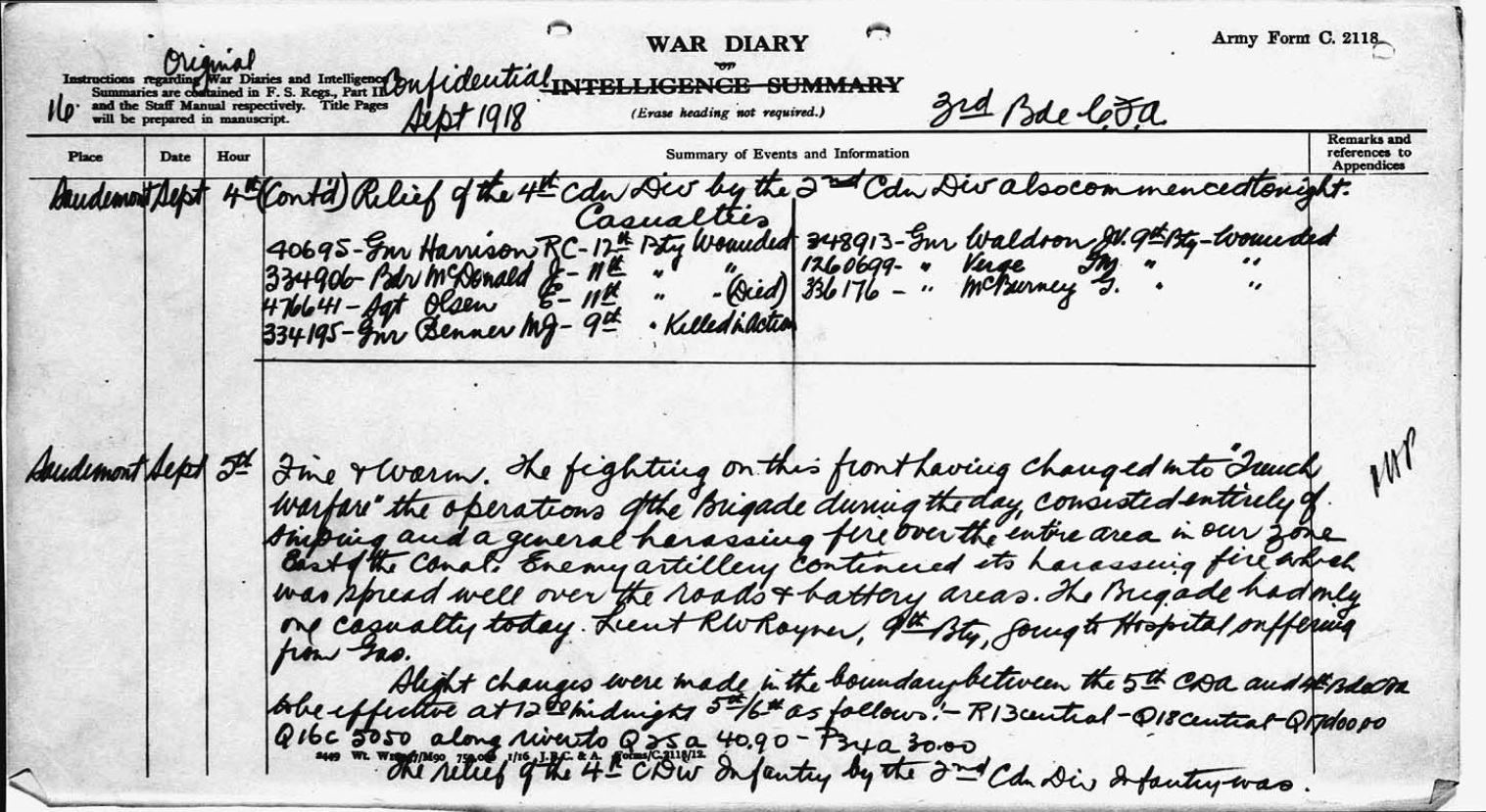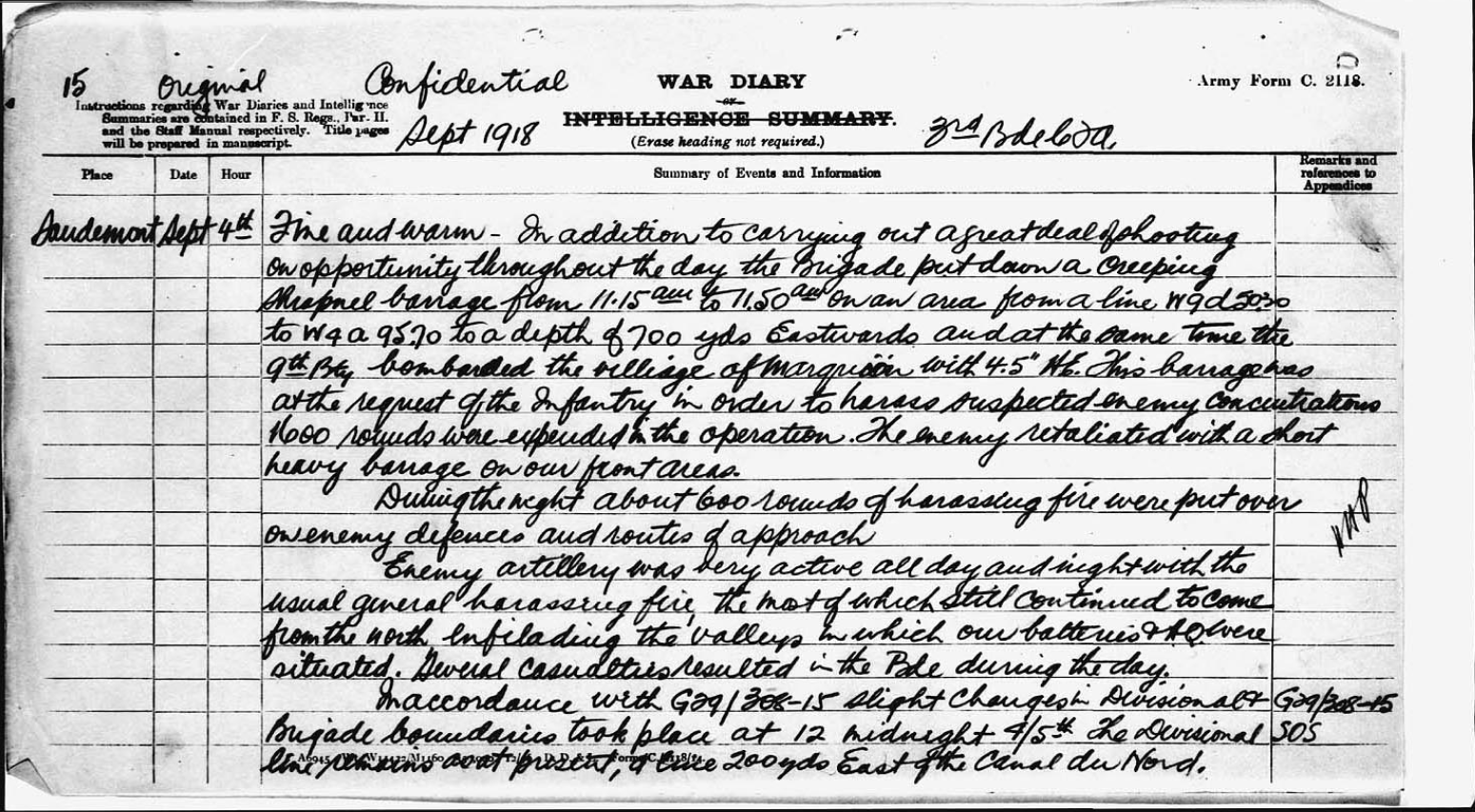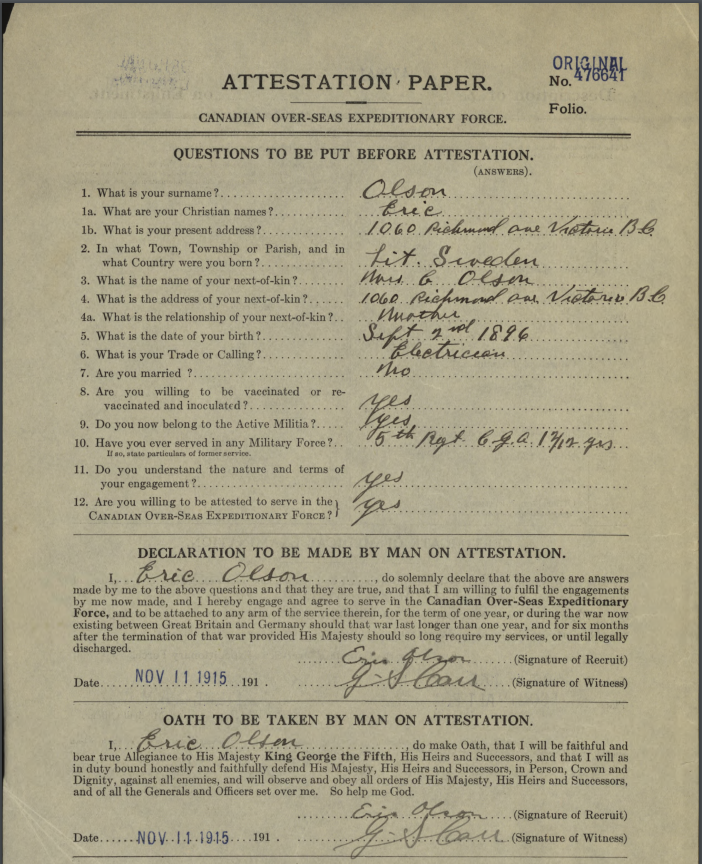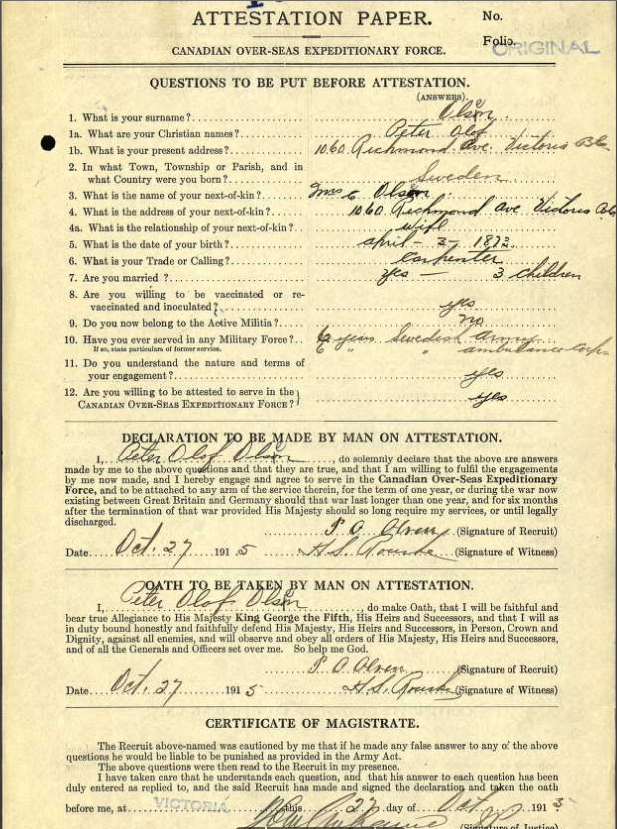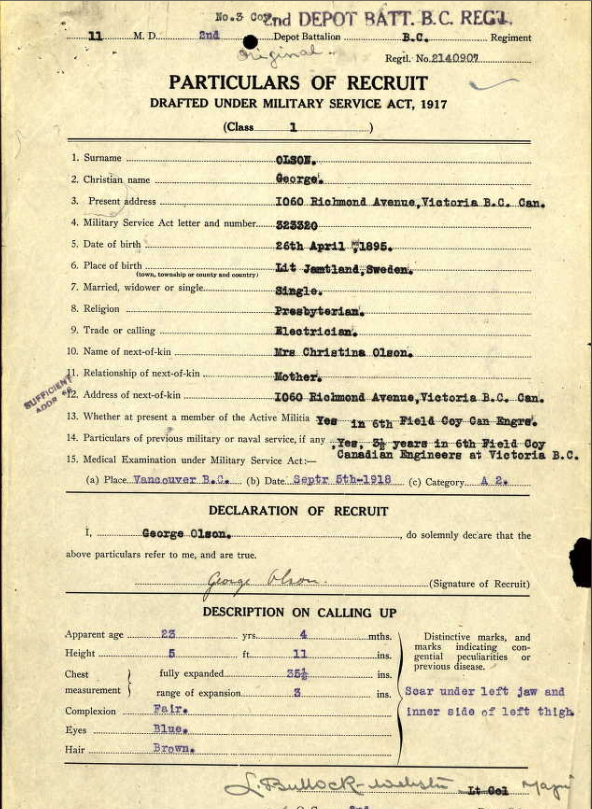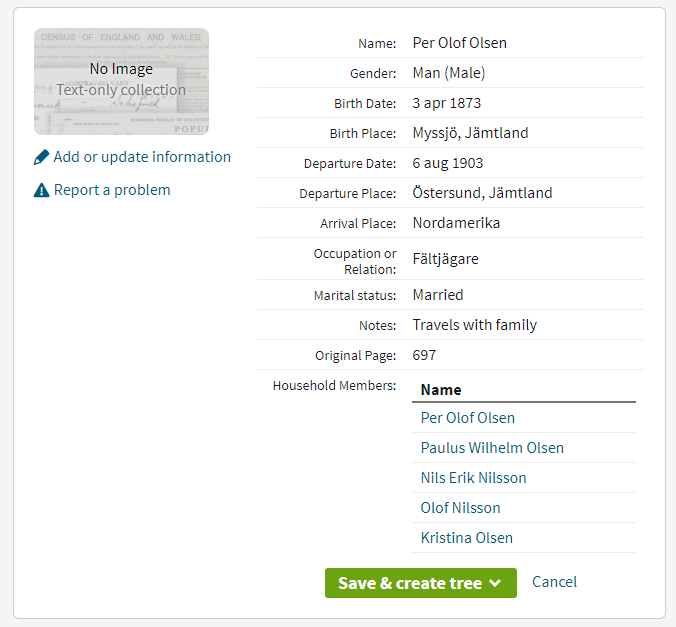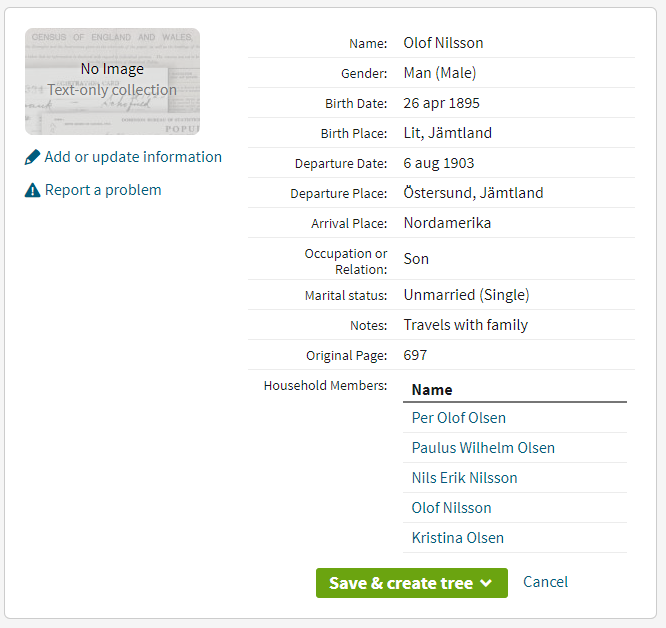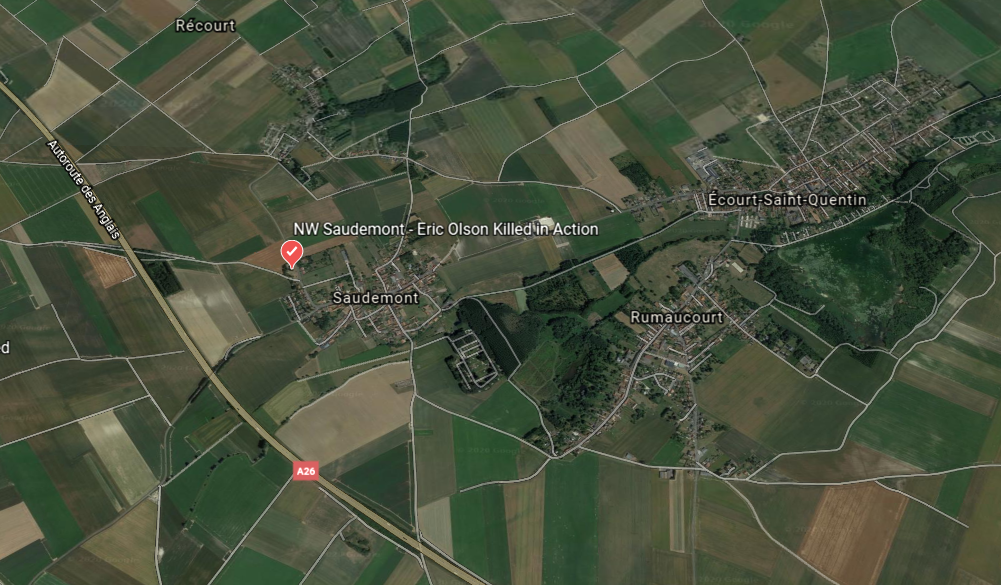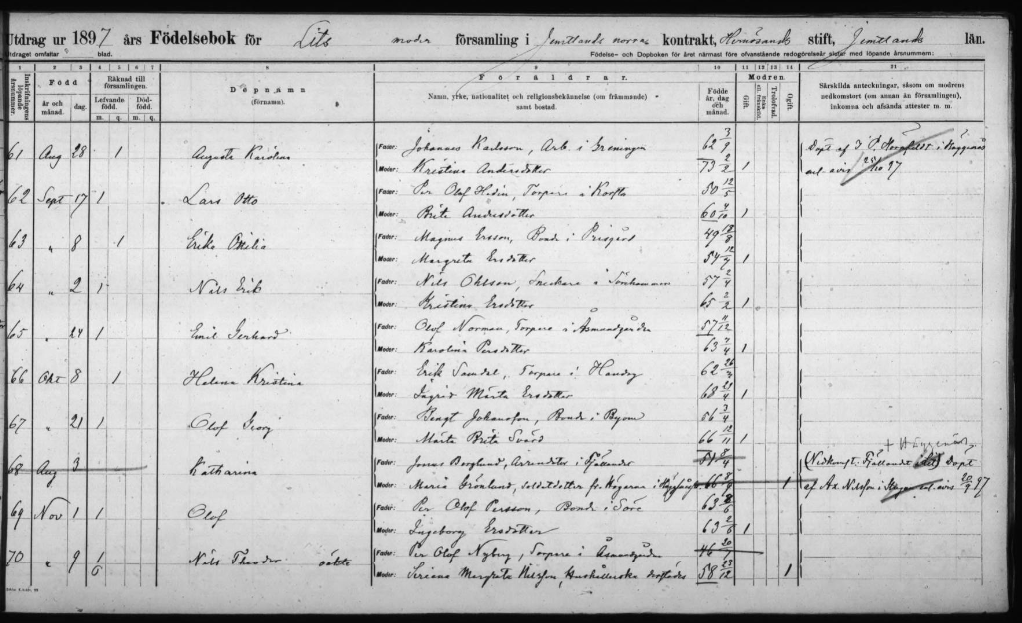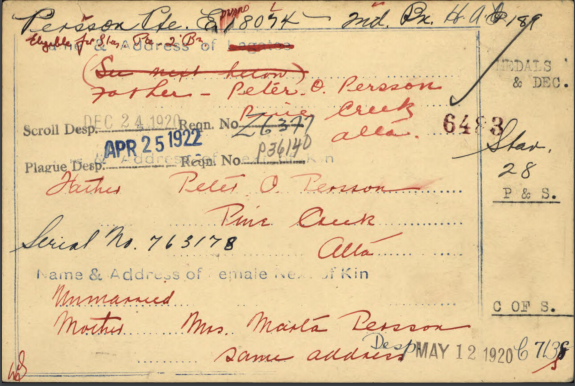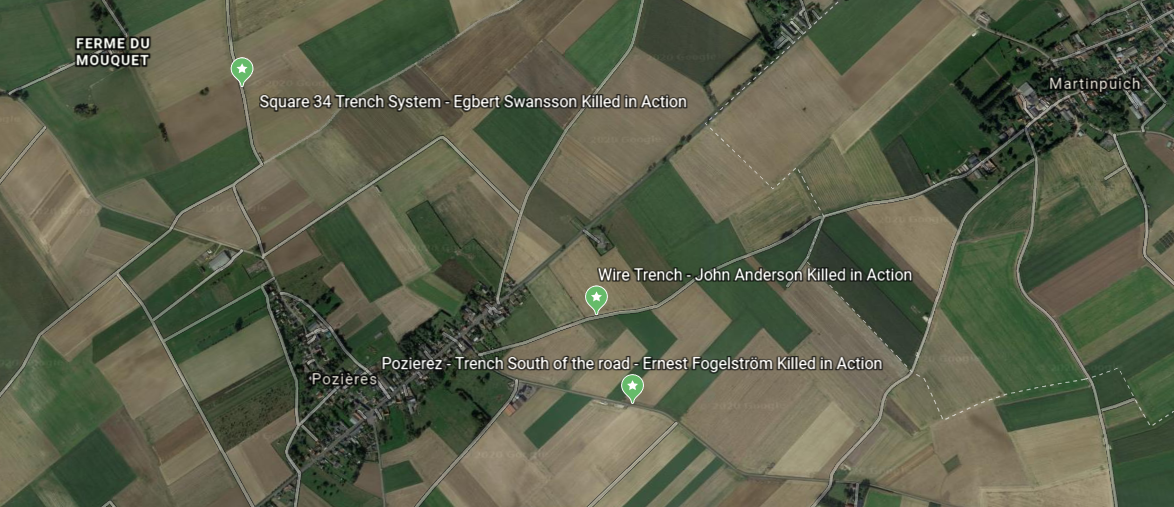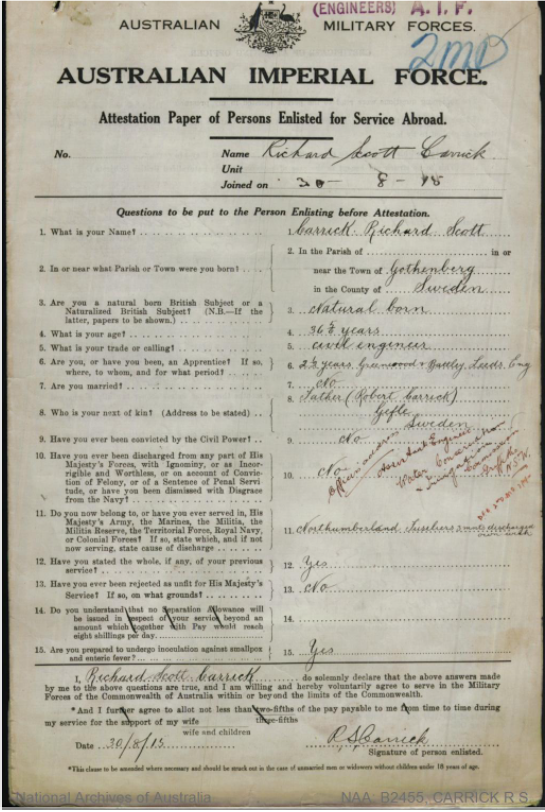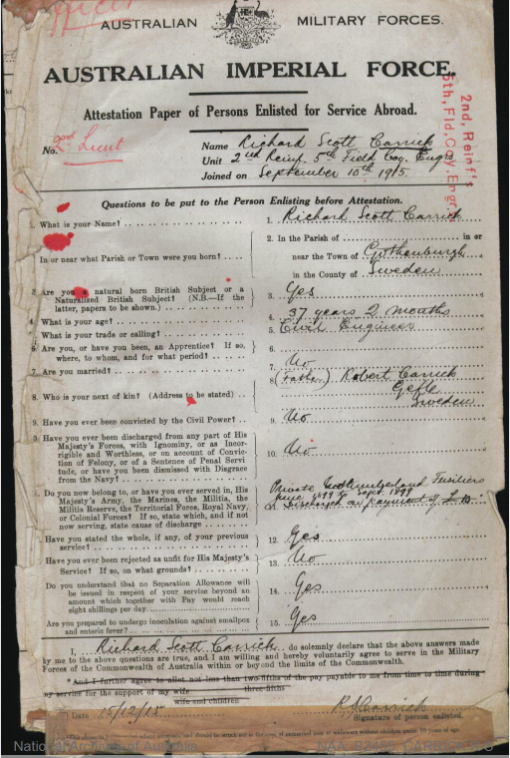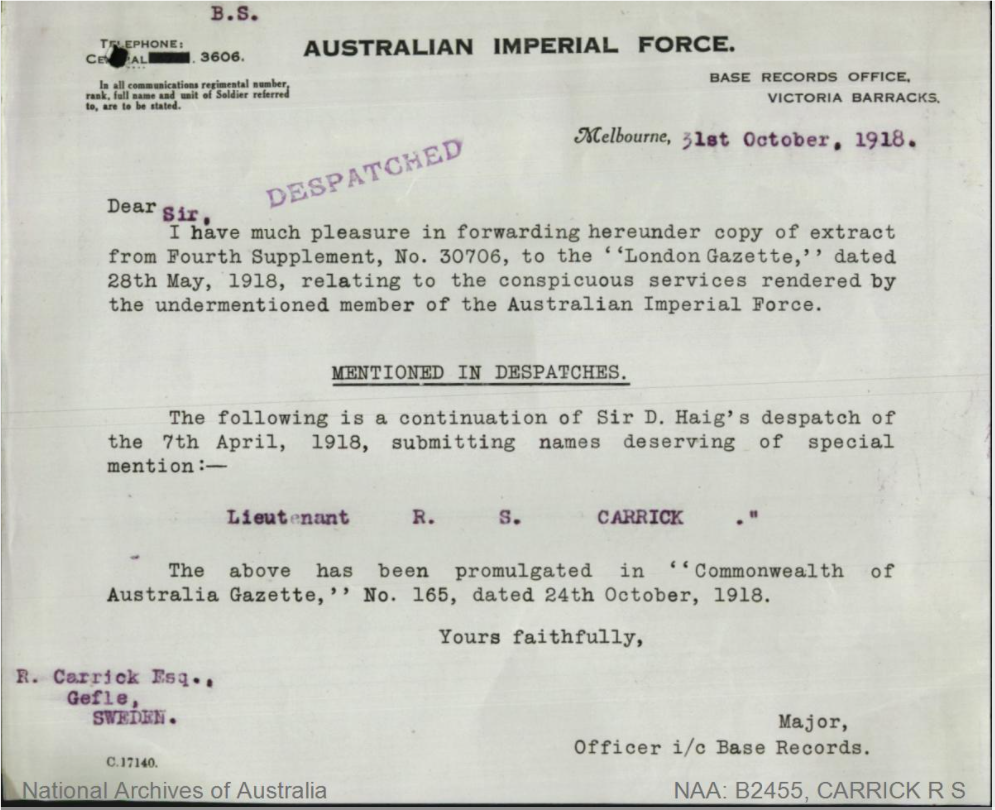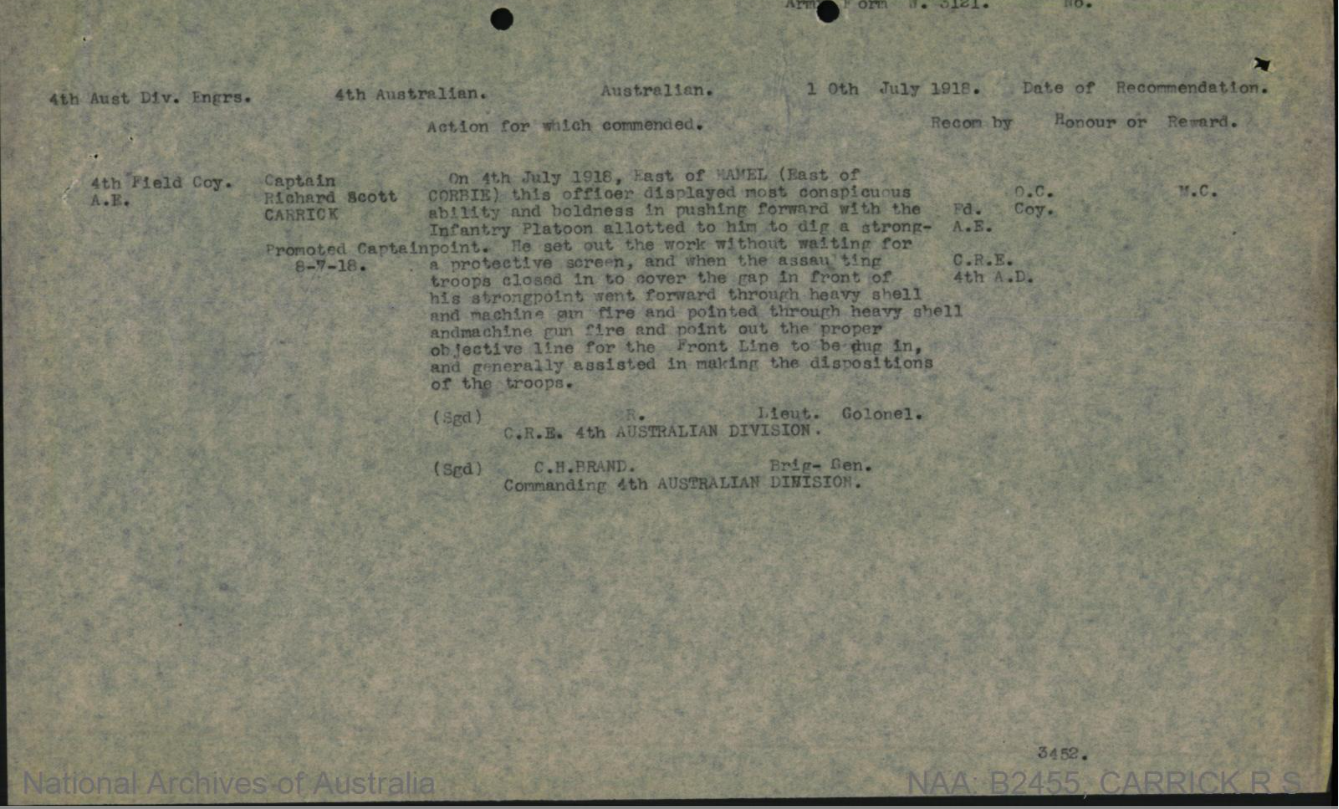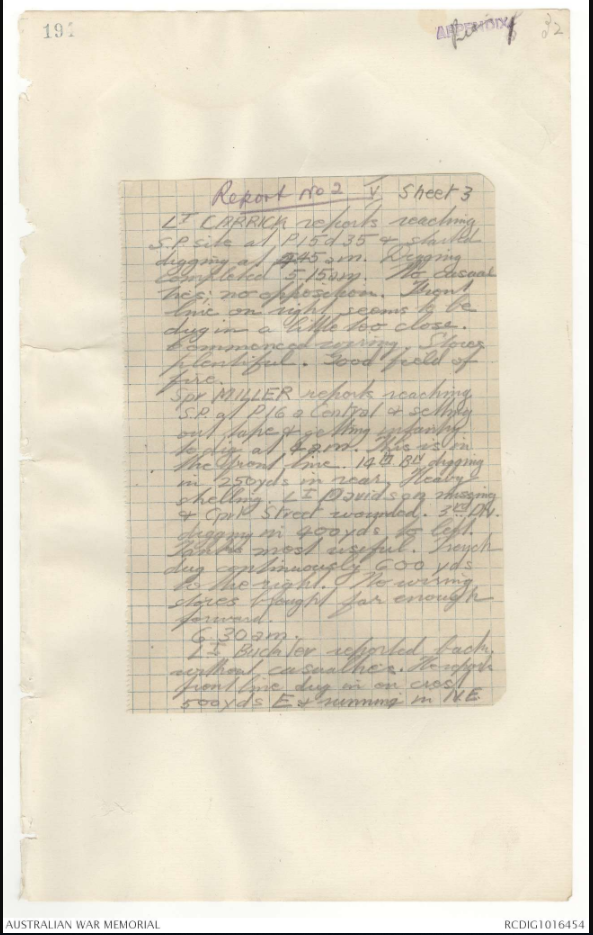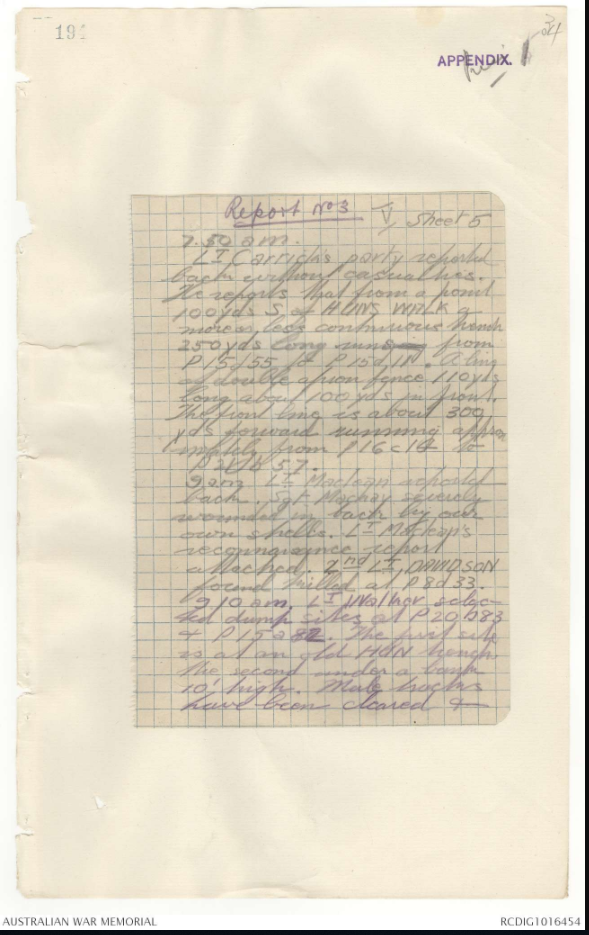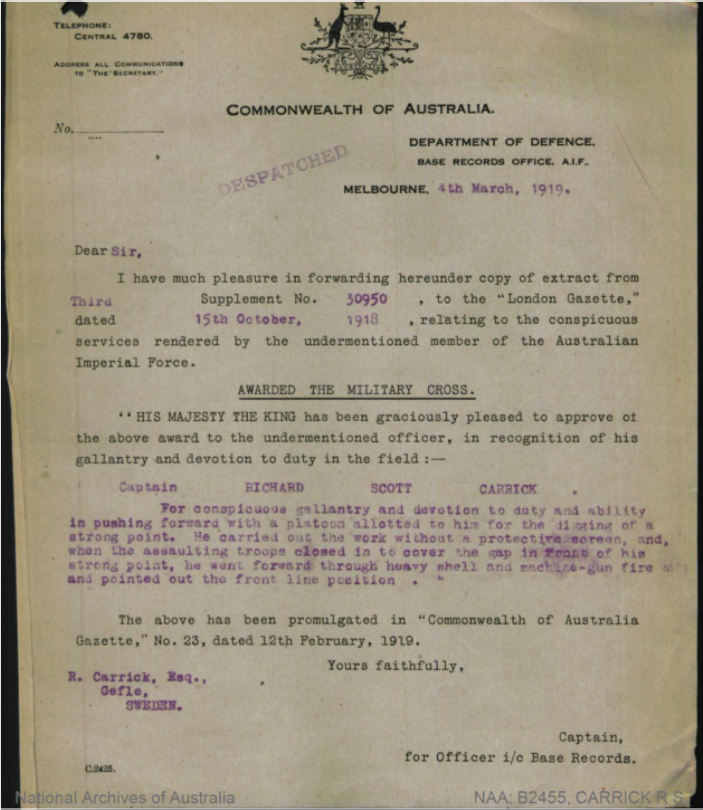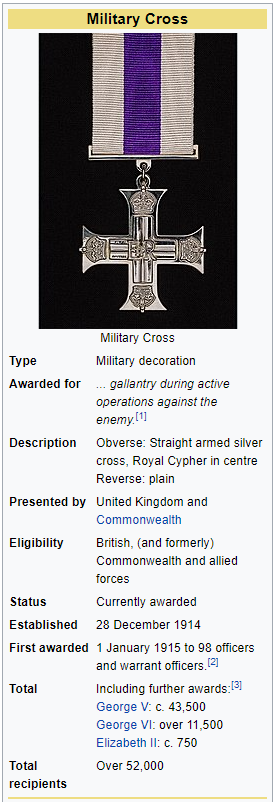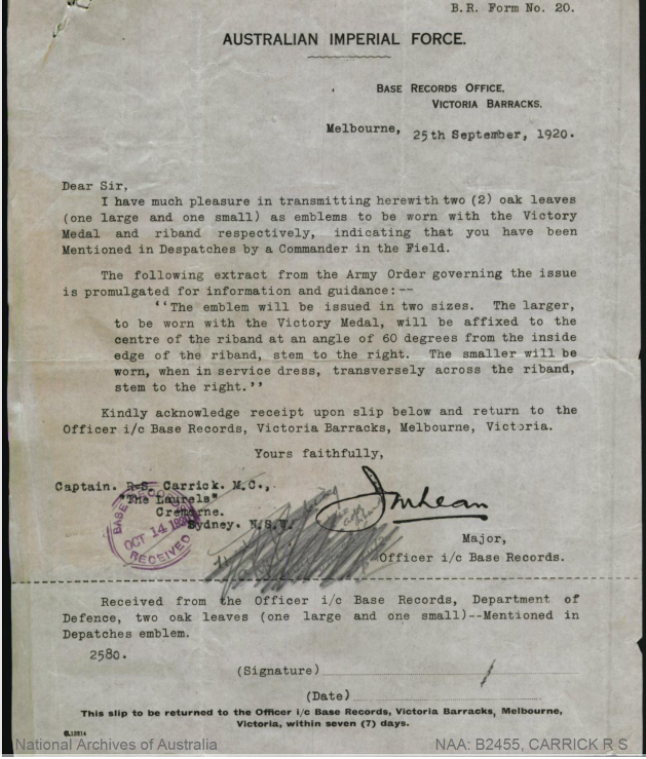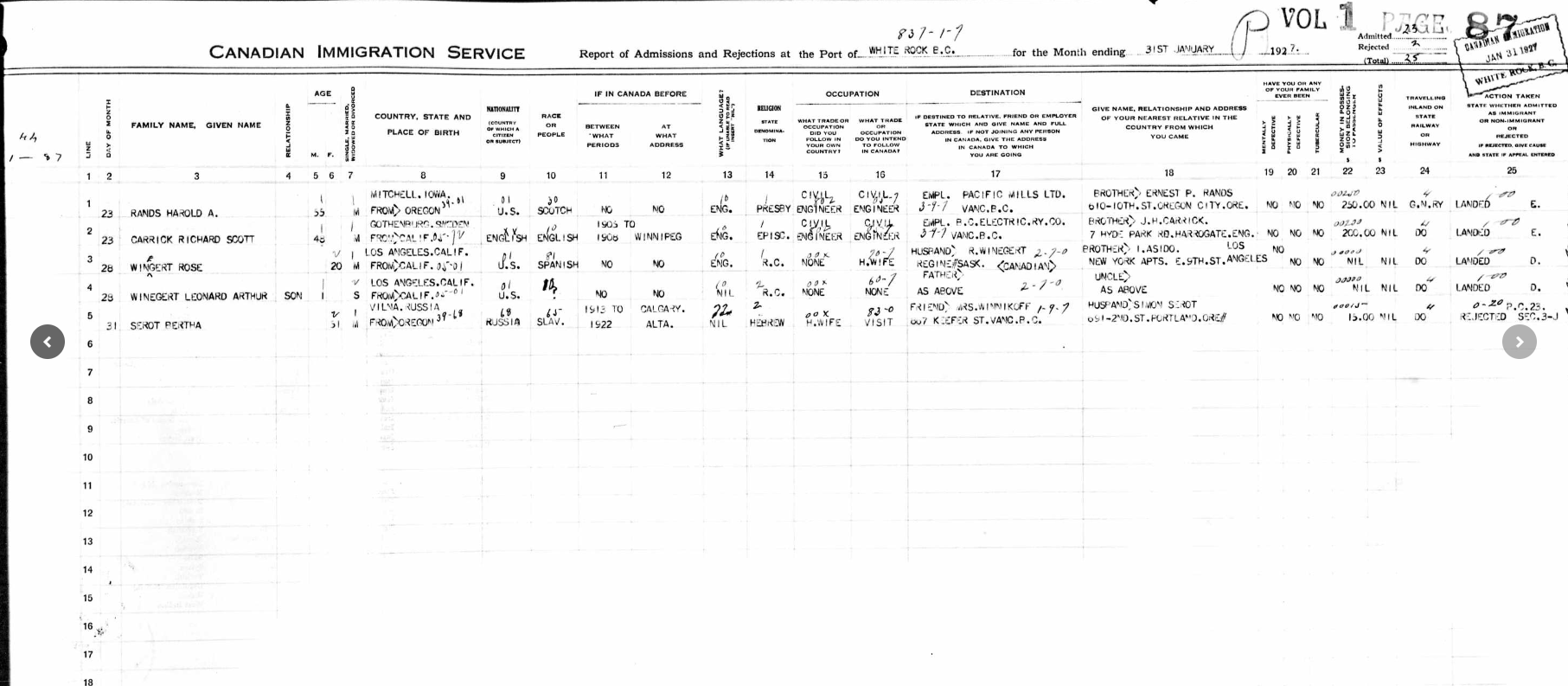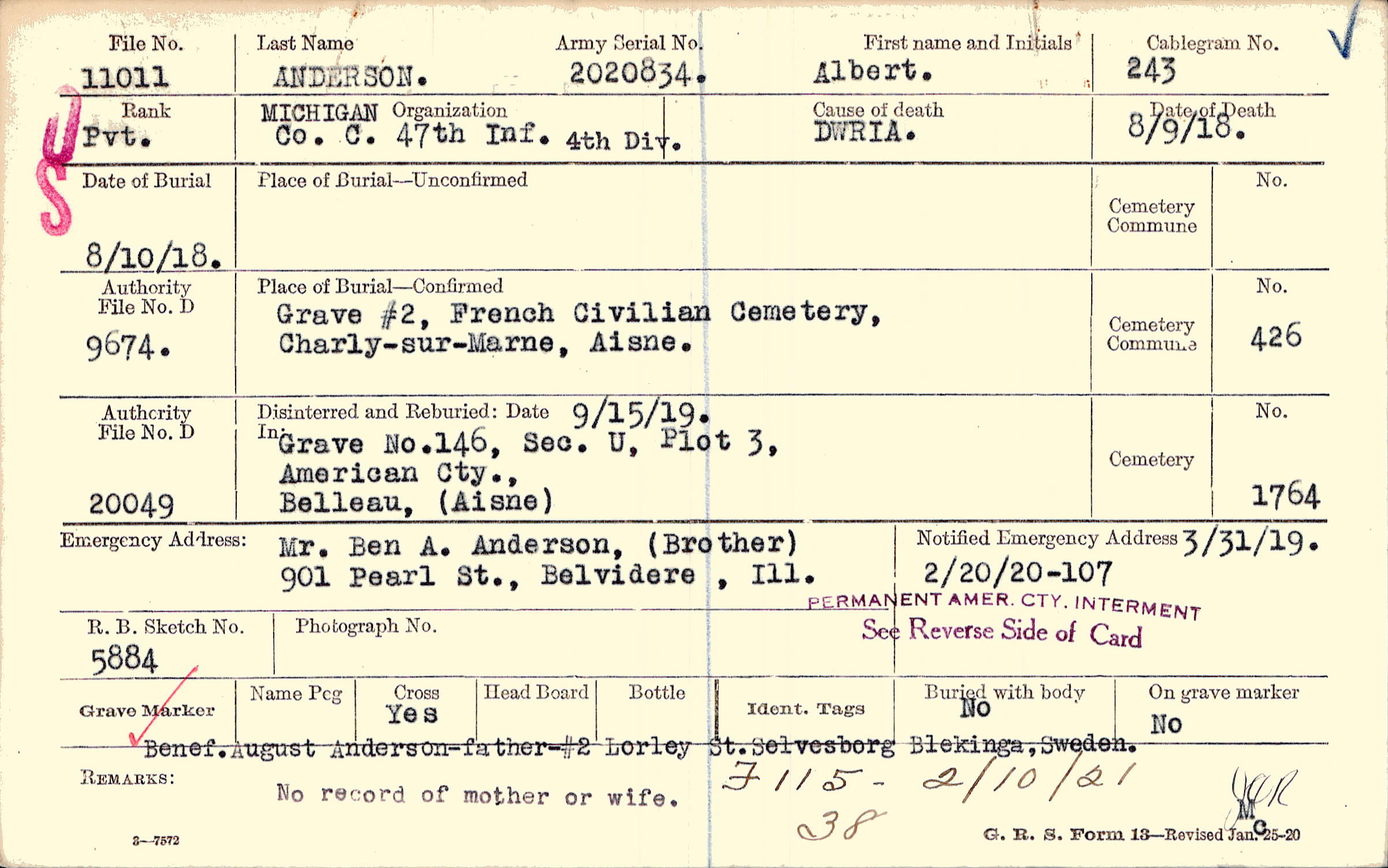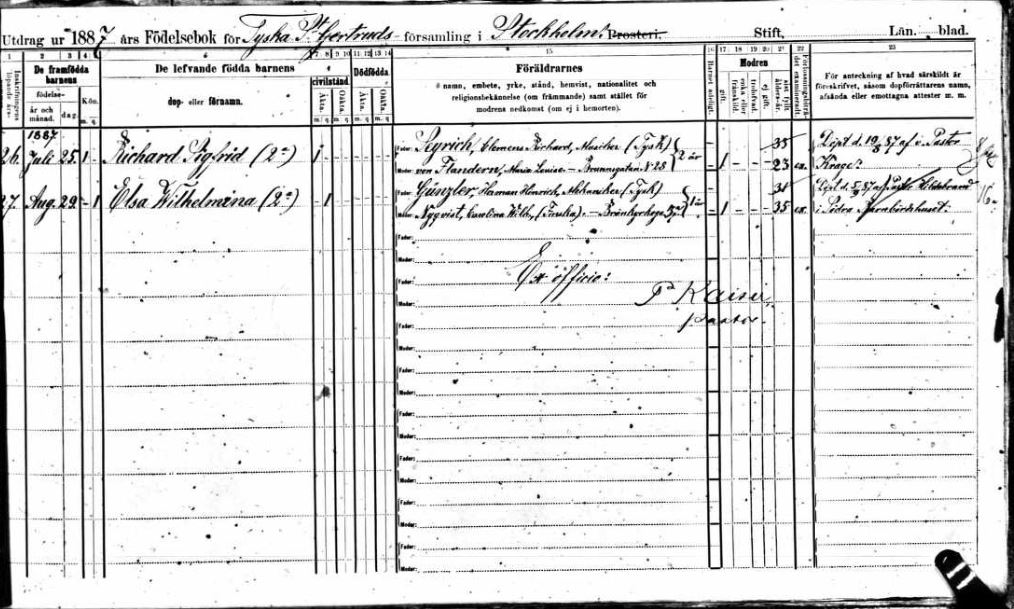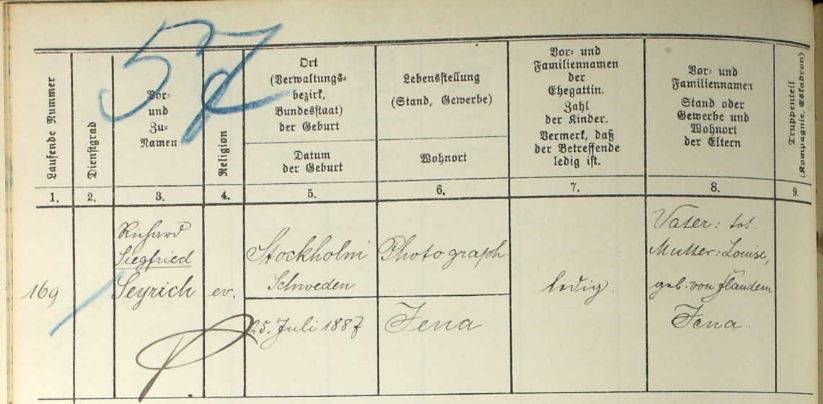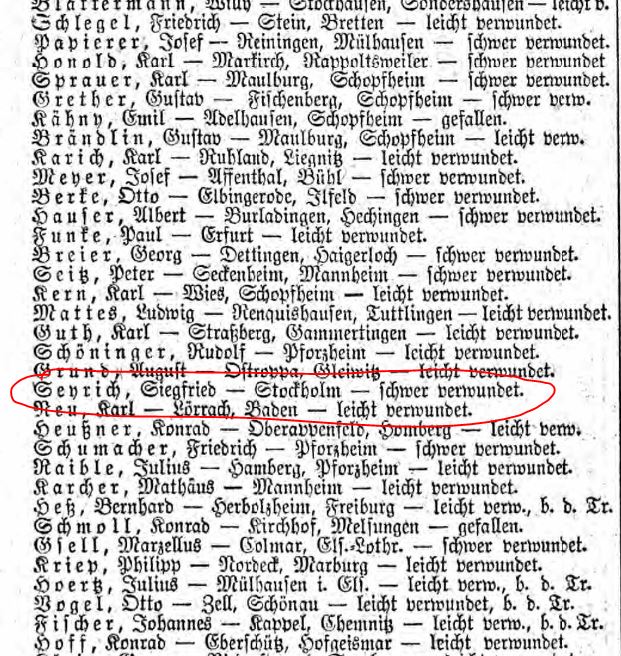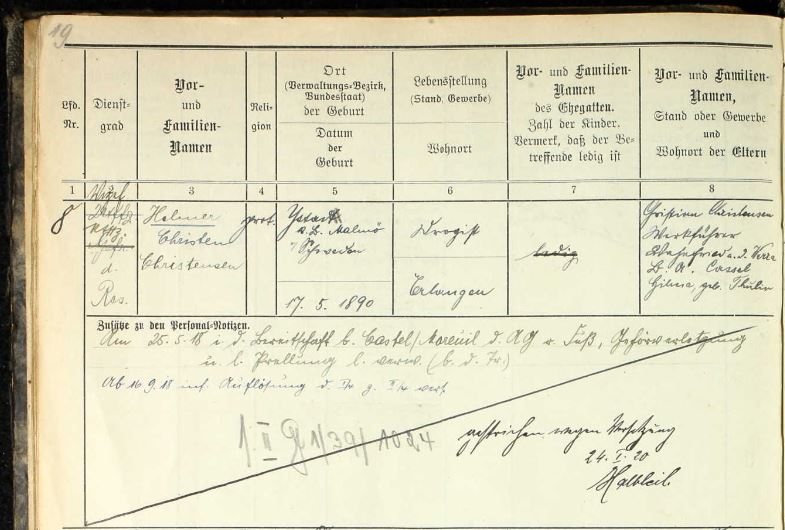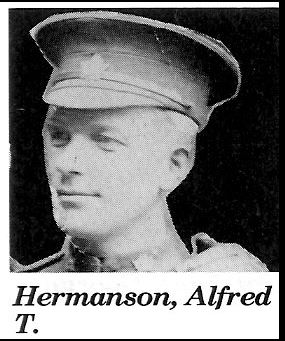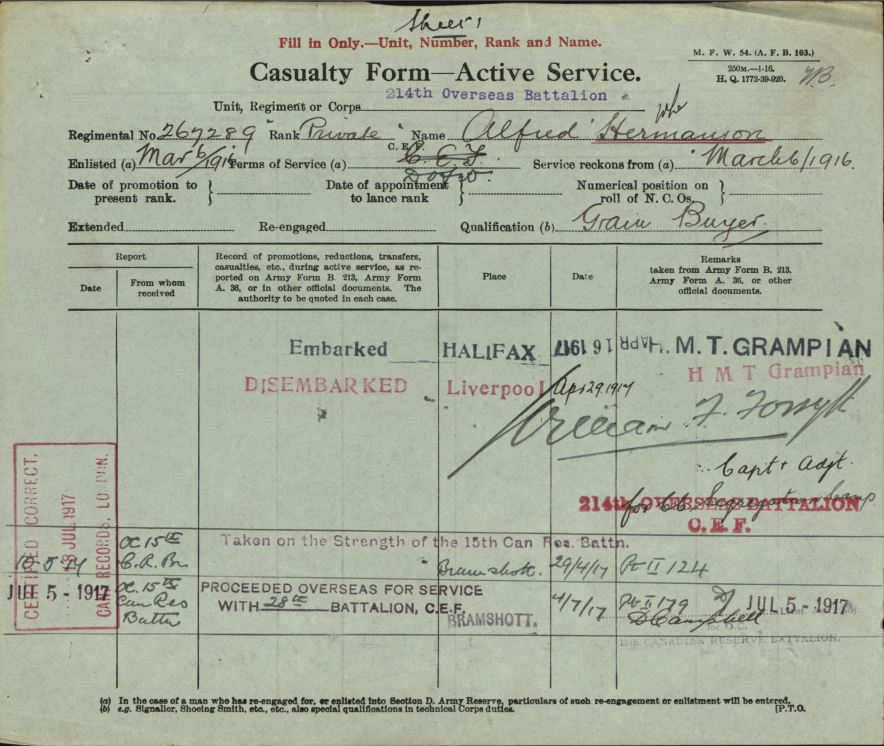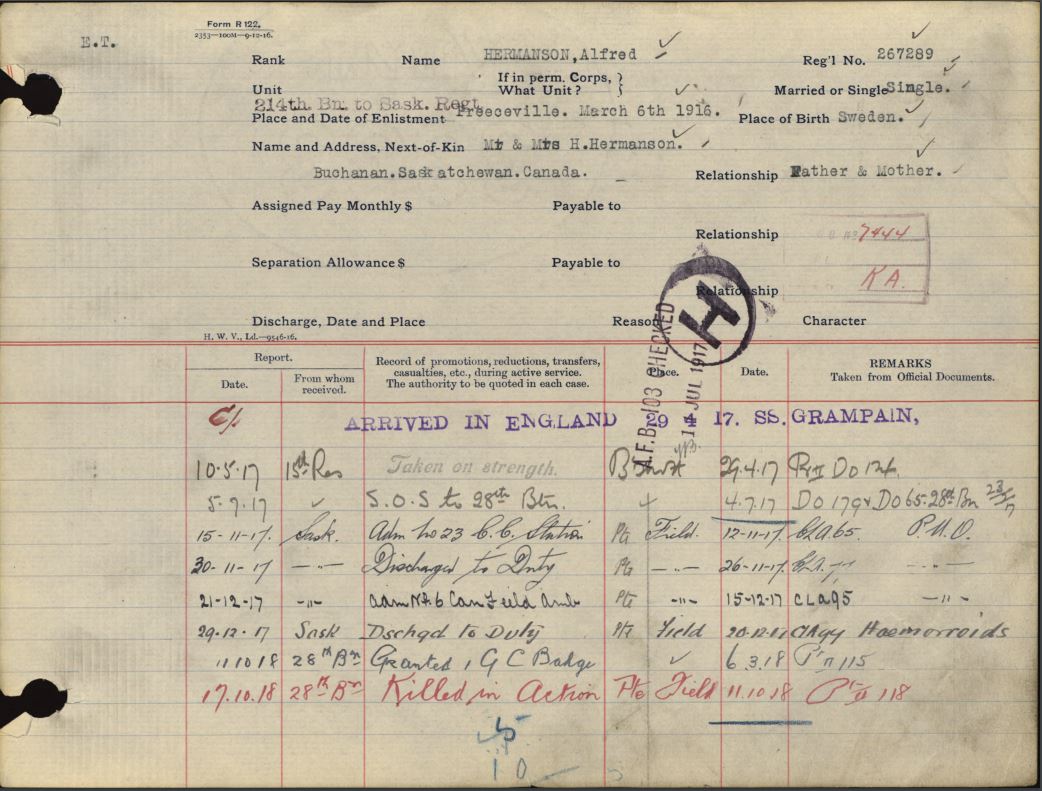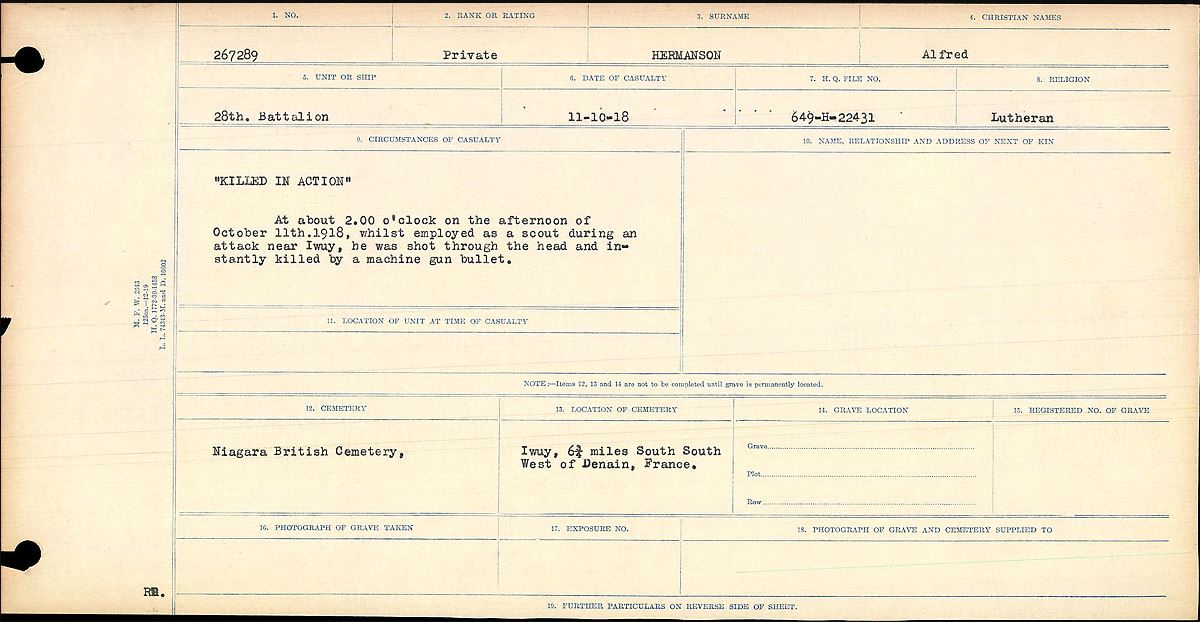This was one of my hardest tracing tasks I have done so far. No one is forcing me, but I can never give up when I find a trace. For my research this is one of the key factors. OK, then we begin …
I am trying to verify the birth of Eric Olson, 11th Canadian battery, who died at the Western Front 4th of September 1918, in the area of the village Saudemont, after have been injured in his hands and legs. He is buried at Queant Road Cemetery, west of the postion he fell.
Finally I found him, and could verify his birth in Lit Perish, Östersund, Sweden in 1897, not 1896, that he states in his military documents. He is born to the name Nils Erik Nilsson by his mother Kristina Eriksdotter, born 1865 and his father Nils Ohlsson born 1857.
I also found the probable reason for his new name. His mother became a widow in Östersund, after her husbands death, and then met Peter Olof Olsén, and he was born 1873. Peter and Kristina are married in April 1901, and they become Peter Olof Olsen and Christina Olsen.
Peter worked 6 years at the Swedish Jämtland Ranger Regiment, in a medical unit as an ambulance driver.
Peter took his family to the United States in 1903, and in 1908 they became citizens in Canada.
Peter and Christina had three kids. The oldest son was Olof Nilsson, who became Georg (!) Olsen. Then Eric Olsen was born, as mentioned above, in 1897, and finally William Olsen, which was born in 1903 to the name of Paulus Wilhelm Olsen, All their sons were born in Sweden. Are you with me so far?
The following research reveals that Peter Olof Olsen served as Peter Olaf Olsen initially in the 54th Infantry battalion in October 1915 and was then transferred to the 2nd Forestry Coy, before he went back to Canada again in 1919.
His Oldest son, George Olson was attached to the Canadian Engineer Reinforcement troops in Canadian Expeditionary Forces in September 1918, but he never went over to France, and the unit later demobilized in April 1919, and he was then discharged.
The mid son, as we now know as Eric Olson, went over to France and the Western Front in December 1915, and was taken on strength in France in May 1916, and finally fell at The Western Front the 4th of September 1918. May he rest in peace.
I will develop this little story later on, but the small thing that cought my eye and finally solved the story, making it possible to verify that Eric was born in Sweden, was these words: “1060 Richmond Avenue, Victoria, B.C” (British Columbia, Canada), they all wrote this on their military documents, regarding “Next of Kin”. With those Words I could find Christina at that adress, and then trace the rest of the family back to Sweden.
I hope the mother Christina finally could breath out a bit in her life, even if the loss of one son, never heals. Luckily she did not loose more members of the family. Down here you can take a look of some of the info that I found on the way.

